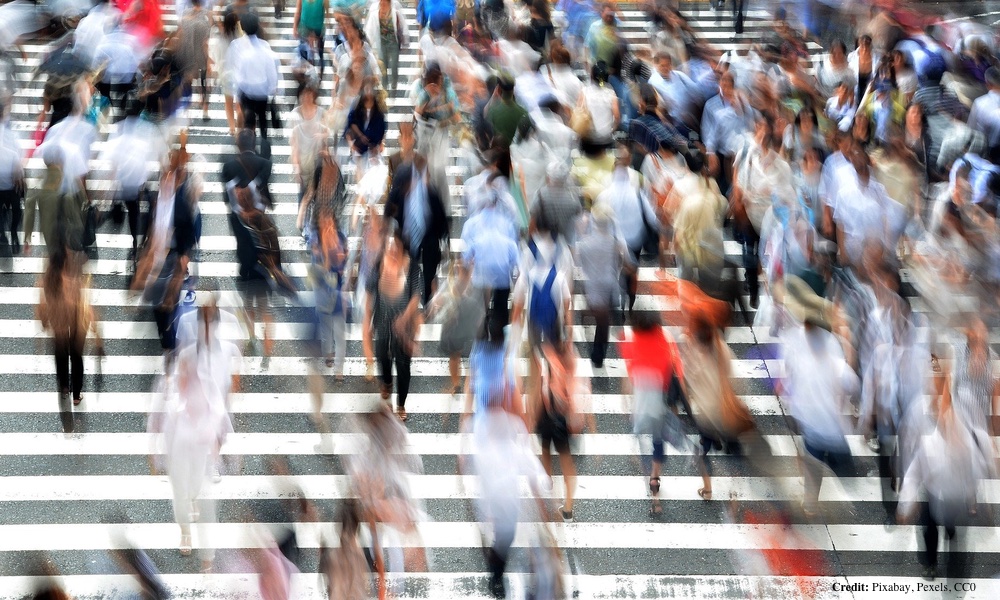An estimated 6.7 billion people are going to be living in cities by 2050, so a team of scientists from Stanford University looked into how a city's design can encourage its residents to walk more. Making cities more walkable can have significant public health benefits. The researchers hope their data guide policymakers and urban planners to consider the effect of walkability on a city's population.
“Making a neighborhood more walkable is a slow, expensive process, so large public investments to make cities more walkable are brushed away without a lot of evidence,” Tim Althoff, lead author of the study, told TheDoctor.
The researchers analyzed physical activity data from more than two million users of the Azumio Argus smartphone health app. They focused their analyses on the more than 5,400 users who relocated across 1,609 cities at least once during the three-year study period.When people from a city with a walkability score of 48/100 moved to New York City, which has a score of 89/100, their daily step count increased from an average of 5,600 steps to 7,000 steps.
For example, when 178 people moved from a city with a walkability score of 48/100 to New York City, which has a score of 89/100, their daily step count increased from an average of 5,600 steps to 7,000 steps.
“Moving to a more walkable city can add more than an hour of health-boosting physical activity to a person's week,” said Althoff. Walkability was associated with a significant increase in daily step count across gender, age and body mass index.
There was one exception. The step count of women over 50 did not increase. The researchers think this finding may stem from safety concerns, family obligations and possibly social values that discourage older women from pursuing physical exercise.
A city's walkability score is based on several factors:Living where there is reliable public transportation means that people don't have to rely on their cars and walk from buses or trains to their destinations.
- Proximity to places that people visit regularly, such as places of worship and grocery stores.
- Population density: In areas with a lot of people, the places they frequent tend to be closer together.
- Streets laid out in a grid pattern are more walkable than streets that are cul-de-sacs. A grid makes it easier to find places and walk without having to double back.
- Well-maintained sidewalks safe from traffic and safer intersections can improve walkability, too, “If people feel safer, they are more likely to walk,” Althoff explained.
- Finally, having reliable public transportation means that people don't have to rely on their cars and can walk from bus stops and train stations to their destinations.
When they ran a simulation to track how improving the walkability of urban areas in the U.S. could increase physical activity, the researchers found that if everyone lived in a city with a walkability score like that of Chicago or Philadelphia — 78/100 — about 11 percent or 36 million Americans would get the 150 minutes of moderate-to-vigorous physical activity recommended by U.S. and World Health Organization guidelines.
Walkable environments offer other health benefits, particularly those involving mood, said Althoff, the Jean-Loup Baer Associate Professor of Computer Science and Engineering at the University of Washington. “A lot of our current research focuses on mental health and looking at the broader implications of more walkable environments on people's behavior and mental health.”
The study was published in Nature.





